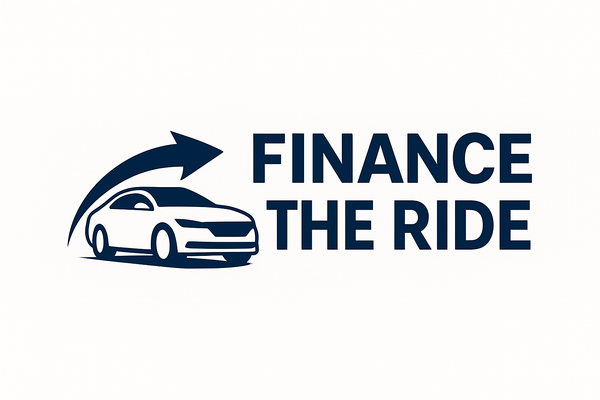In Australia, car finance is an important consideration for both employers and employees, especially when it comes to understanding the implications of Fringe Benefits Tax (FBT). FBT applies to benefits provided by employers to their employees, including the use of company cars. This article will explore how car finance interacts with FBT, what both parties should know, and how working with a finance broker can streamline the process and optimize financial outcomes.
Understanding Fringe Benefits Tax (FBT)
FBT is a tax employers pay on certain benefits they provide to their employees, which are not part of their salary. These benefits can include company cars, loans, and other perks. The FBT year runs from April 1 to March 31, and employers must report and pay FBT to the Australian Taxation Office (ATO) on a quarterly or annual basis.
Company Cars and FBT
When an employer provides a car to an employee for private use, this benefit is subject to FBT. The taxable value of the car benefit is calculated based on the car's cost, its usage, and the method chosen by the employer for valuation. The two primary methods for calculating the taxable value of a car fringe benefit are the Statutory Method and the Operating Cost Method.
- Statutory Method: This method calculates FBT based on a set percentage of the car’s cost. As of now, this percentage is generally 20% for vehicles valued at less than $57,581. This method is simpler and often favored by employers.
- Operating Cost Method: This method takes into account the actual expenses incurred in operating the vehicle, including fuel, maintenance, insurance, and depreciation. This approach may provide a more accurate picture of the car's value, especially if the vehicle is used extensively for business purposes.
Implications for Employers
Employers need to be aware of the FBT implications when offering cars to employees. While providing a car can be an attractive benefit that helps in recruitment and retention, it also brings additional costs and responsibilities. Here are some key considerations:
- Cost Analysis: Employers should evaluate whether the benefits of offering a car outweigh the associated FBT. Depending on the valuation method, the FBT liability can vary significantly.
- Record Keeping: Accurate records must be maintained to calculate FBT correctly. This includes logbooks for vehicle use, details of expenses, and the valuation method chosen.
- Compliance: Employers must ensure they comply with ATO regulations regarding FBT reporting and payments. Non-compliance can result in significant penalties.
Implications for Employees
Employees who receive a car as part of their employment package should also be aware of how FBT affects them:
- Tax Implications: The value of the car fringe benefit may influence an employee's taxable income. While FBT is paid by the employer, it can impact salary negotiations and overall compensation packages.
- Private Use Considerations: Employees should understand the extent of private use allowed and how it affects the FBT calculations. More private use could lead to a higher taxable value.
- Potential Deductions: If an employee uses their vehicle for business purposes, they may be able to claim certain expenses as tax deductions. Understanding the relationship between personal use and business deductions is crucial for maximizing tax benefits.
The Role of a Broker
Navigating the complexities of car finance and FBT can be overwhelming for both employers and employees. This is where a finance broker can offer invaluable assistance:
- Expert Guidance: Brokers can provide insights into the best financing options available, taking into account FBT implications and helping businesses make informed decisions.
- Tailored Solutions: They can assist in structuring car finance deals that minimize FBT liabilities while meeting the needs of the business and its employees.
- Access to Multiple Lenders: Brokers can connect businesses with a variety of lenders, ensuring access to competitive interest rates and favorable terms.
- Streamlined Process: Brokers handle the paperwork and negotiations, making the process more efficient for employers and employees alike.
Conclusion
Understanding the interplay between car finance and Fringe Benefits Tax is essential for both employers and employees in Australia. While offering a vehicle as a benefit can enhance employee satisfaction and retention, it comes with financial responsibilities and tax implications that must be carefully managed.
Employers should conduct thorough cost analyses and maintain accurate records to ensure compliance with FBT regulations. Employees, on the other hand, should be aware of how receiving a company car can impact their taxable income and potential deductions.
Working with a finance broker can simplify this process and provide valuable insights, ensuring that both employers and employees make informed decisions that align with their financial goals. With expert guidance and tailored solutions, navigating car finance and FBT can become a more manageable and beneficial experience for everyone involved.
DISCLAIMER
The information provided on this website is general in nature only and has been prepared without considering your financial needs, circumstances and objectives and should NOT be construed as financial, taxation or legal advice. For more information, get in touch with our experienced partner brokers today.












